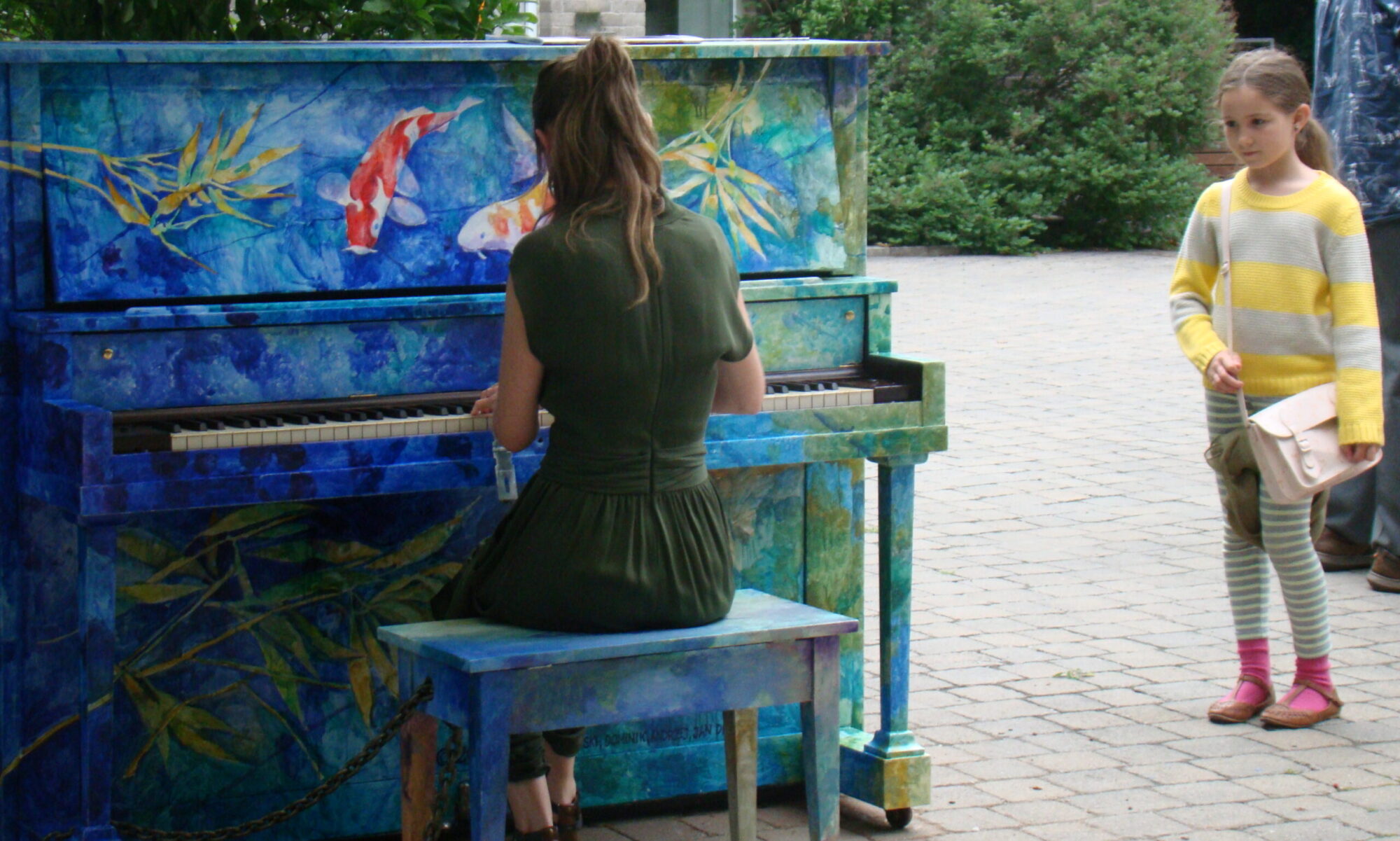Il y a présentement un éveil collectif par rapport à nos villes. Les gens s’intéressent aux villes qui, d’après les prédictions, accueilleront près du 70% de la population mondiale d’ici 2050. Il faudrait donc qu’on planifie l’urbanisme de nos villes pour accueillir cette croissance.
Déjà, il y a un débat concernant la voie publique: est-ce qu’il s’agit d’une voie réellement publique quand elle est réservée à l’utilisation exclusive des automobilistes et des camionneurs? Clairement il trône depuis longtemps une hiérarchie de l’utilisation des voies publiques qui se traduit dans leur design, presque exclusivement centré autour de l’automobiliste et où le cycliste, encore plus que le piéton, est marginalisé.
Nous tentons de démocratiser ces espaces en greffant des pistes cyclables, en élargissant les trottoirs, parfois avec succès, mais parfois aussi dans une cohabitation qui incommode les uns et met à risque les autres. Continue reading “La vie à grande vitesse”








